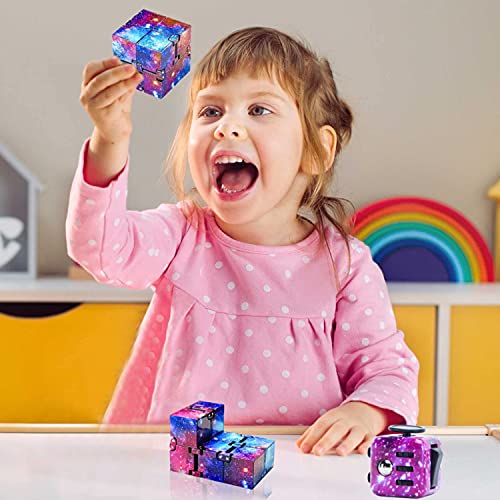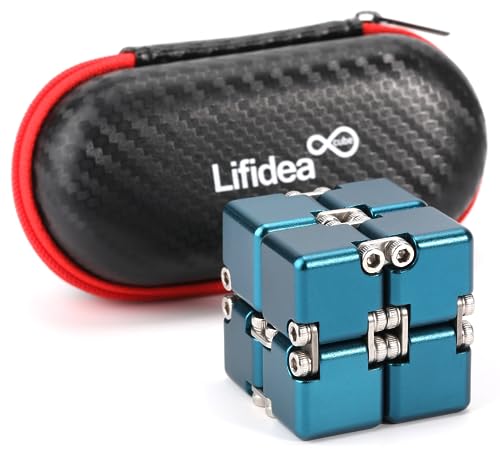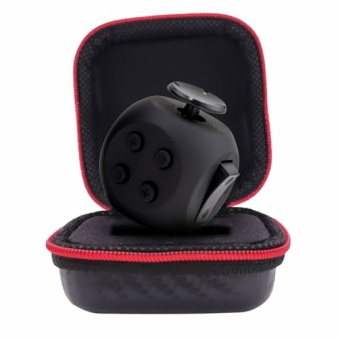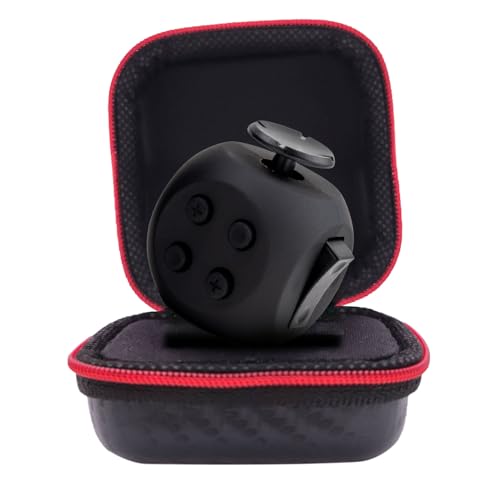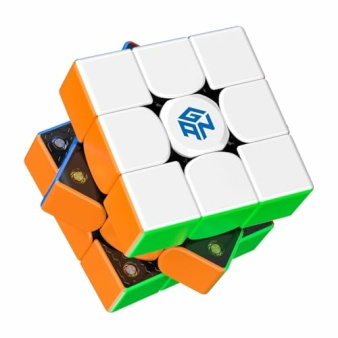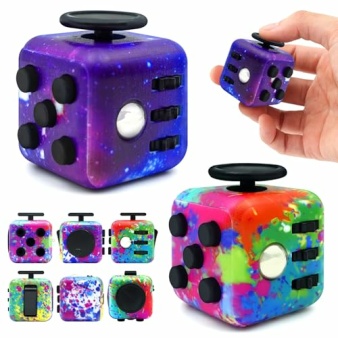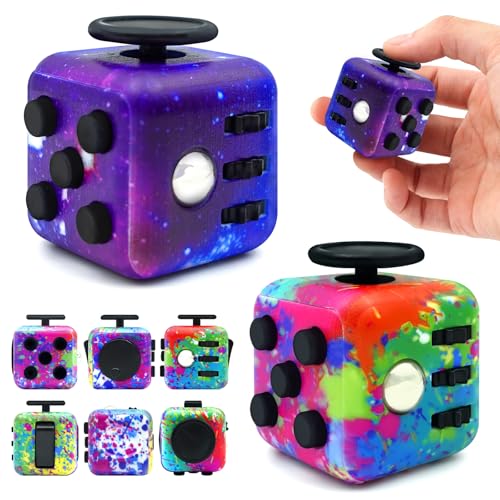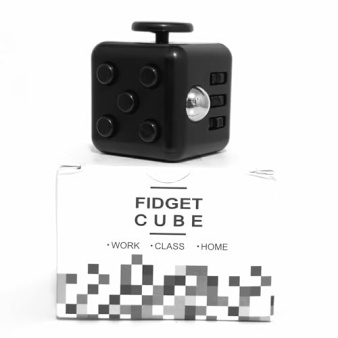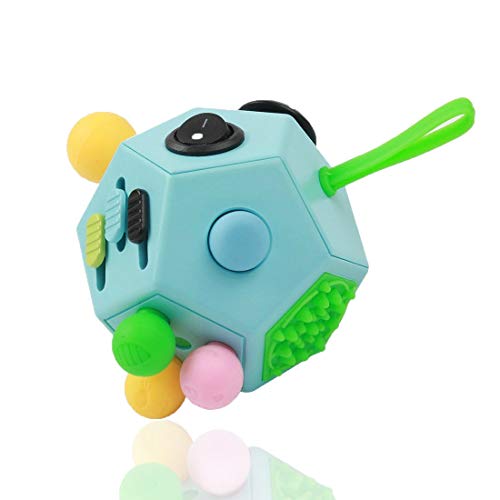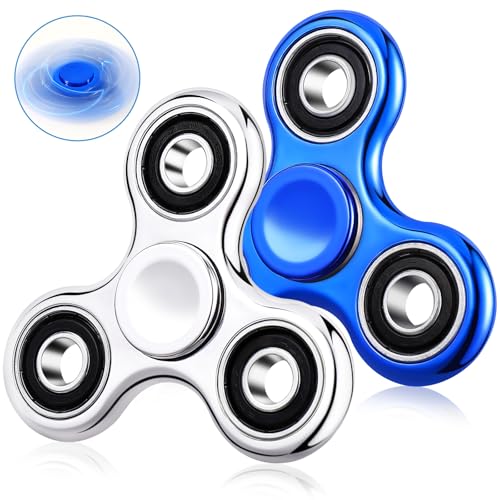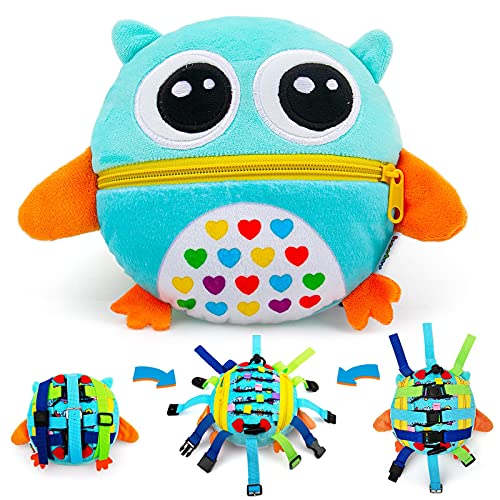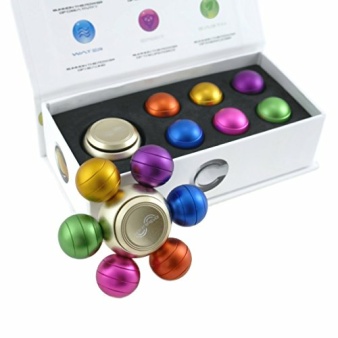We asked asked ChatGPT the QUESTION “Why do sensory fidget toys help autistic children” and this is what the AI thought;
ANSWER:
Sensory fidget toys are often used to help autistic children for several reasons. Autism spectrum disorder (ASD) is a neurodevelopmental condition characterized by differences in social interaction, communication, and behavior. Many individuals with autism may experience sensory sensitivities or seek sensory stimulation in different ways. Here’s why sensory fidget toys can be beneficial:
Sensory Stimulation: Autistic individuals may have differences in sensory processing, such as heightened sensitivities or difficulties filtering out irrelevant stimuli. Sensory fidget toys can provide a controlled and predictable source of sensory stimulation, helping to regulate sensory input.
Calming Effect: Fidget toys can have a calming effect by providing a repetitive and soothing activity. This can help reduce anxiety and stress, promoting a sense of comfort and security.
Focus and Attention: Fidget toys can serve as a helpful tool for improving focus and attention. Some individuals with autism may benefit from having a tactile or kinesthetic outlet for excess energy, allowing them to concentrate better on tasks.
Self-Regulation: Sensory fidget toys can assist in self-regulation, helping individuals with autism manage their emotional and sensory experiences. By providing a means of expression or self-soothing, these toys contribute to a sense of control over one’s environment.
Social Acceptance: Fidget toys can be less stigmatizing than some self-stimulatory behaviors that individuals with autism might exhibit. Using a discreet fidget toy can help a child blend in more easily in social situations.
Individualized Preferences: Each individual with autism is unique, and sensory preferences can vary. Fidget toys come in various textures, shapes, and forms, allowing for individualized choices based on personal preferences.
It’s essential to recognize that while sensory fidget toys can be beneficial for many autistic individuals, their effectiveness can vary from person to person. What works for one individual may not work for another. Therefore, it’s important to understand and respect each person’s preferences and needs. Additionally, interventions for autism should be part of a comprehensive approach that considers the individual’s strengths, challenges, and overall well-being.
























